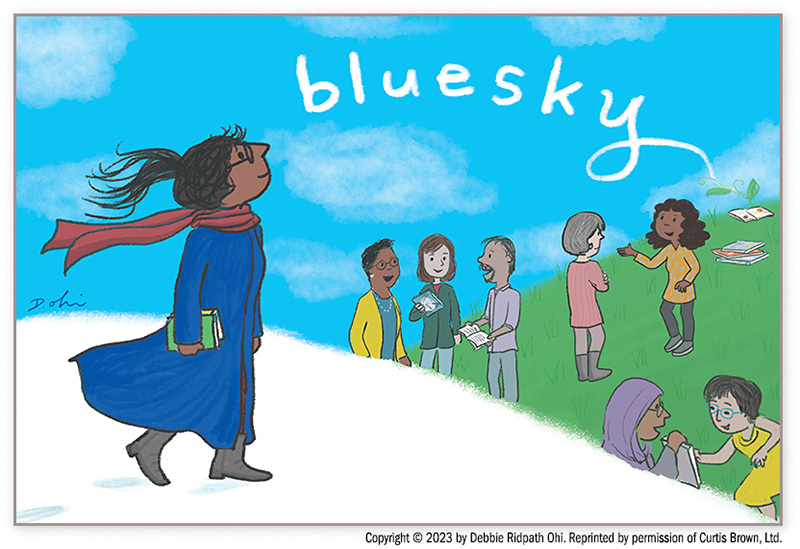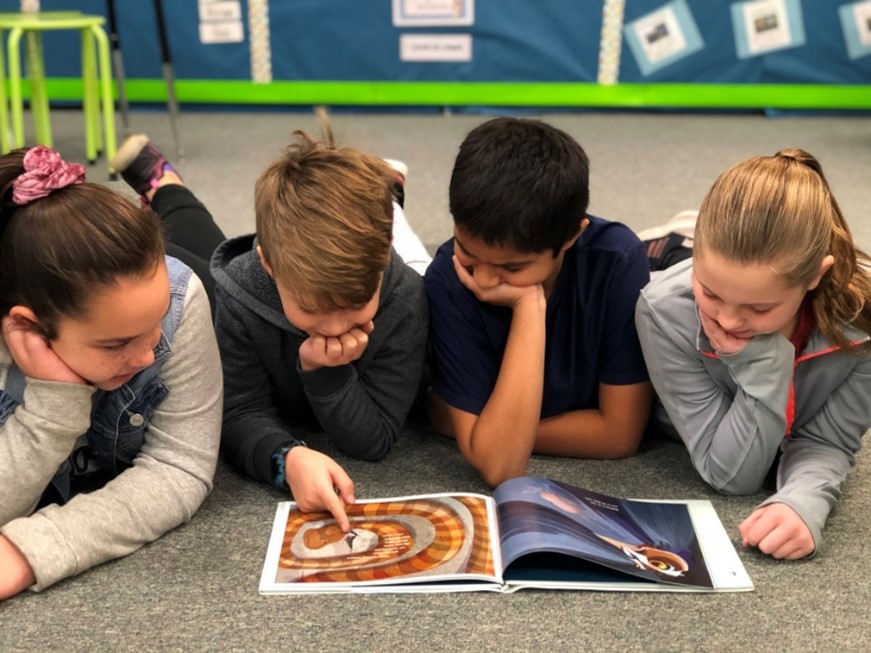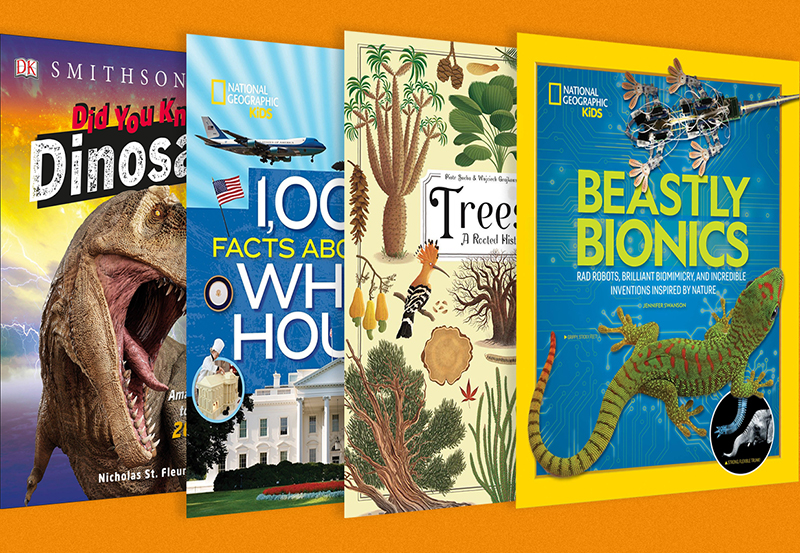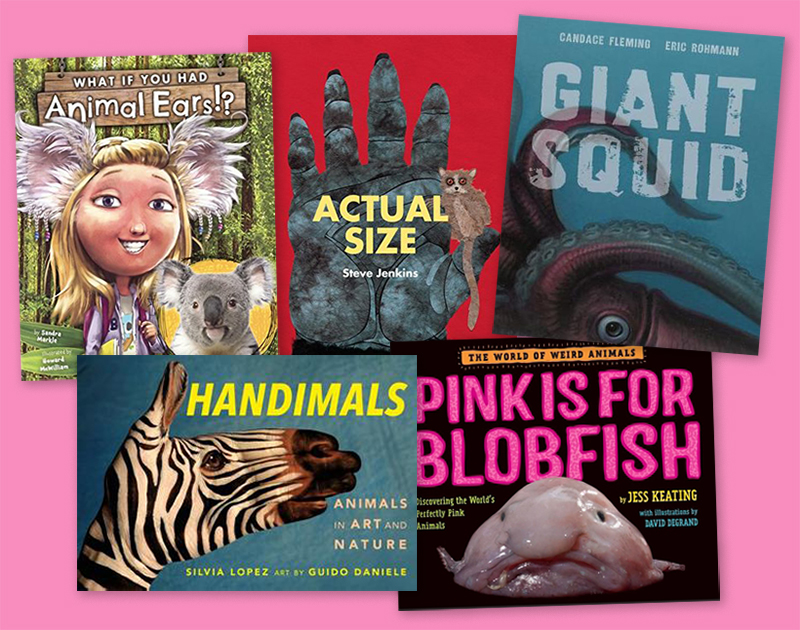Stewart, Melissa
10 Articles
From:
To:
Looking for a Twitter/X Alternative? Try Bluesky.
Among social media platforms filling the void as Twitter/X loses momentum, Bluesky leads in the children’s literature community.
10 Ways to Nurture and Nourish Nonfiction Readers
How teachers and librarians have brought nonfiction front and center at their schools.
Tips for Teaching Text Structures with Expository Literature | Nonfiction Strategies
With its range of text structures, innovative formatting, and rich language, expository literature is a great choice for modeling high-quality informational writing.
Deconstructing Kids’ Nonfiction: List Text Structure and the Five-Paragraph Essay
Making the connection between nonfiction books and the five-paragraph essay.
Understanding Text Structures in Nonfiction
Enhance your curriculum by showing how these standout nonfiction works reflect strategies of nonfiction writing.
Reinvigorate Library Collections with "Active Nonfiction"
Active nonfiction books, a category of titles that help kids make and do things, are inspirational and interactive, and can aid with students' writing and cross-curricular learning.
Long on Kid Appeal, Browsable Nonfiction Continues to Trend
Lavishly illustrated, with appealing design, browsable nonfiction has revolutionized children’s books by giving young fact lovers a fresh, engaging way to access information. And more titles are on the horizon.
5 Tips for Starting a Nonfiction Book Club for Kids
Many schools and libraries host fiction-focused book clubs, but it’s important to keep young info-lovers in mind, too. If a nonfiction book club seems like a good fit for the children at your school, why not give it a try. Here are some tips for getting started.
Teaching Nonfiction? What You Need To Know About the Differences Between Expository and Narrative Styles
Effective teaching of nonfiction texts requires a keen understanding of the differences in formats and writing styles. Award-winning nonfiction author Melissa Stewart offers a deep dive into the differences between two types of nonfiction, expository and narrative, offering educators comparative texts, specific examples, and tips on teaching and connecting with young readers.
ALREADY A SUBSCRIBER? LOG IN
We are currently offering this content for free. Sign up now to activate your personal profile, where you can save articles for future viewing









